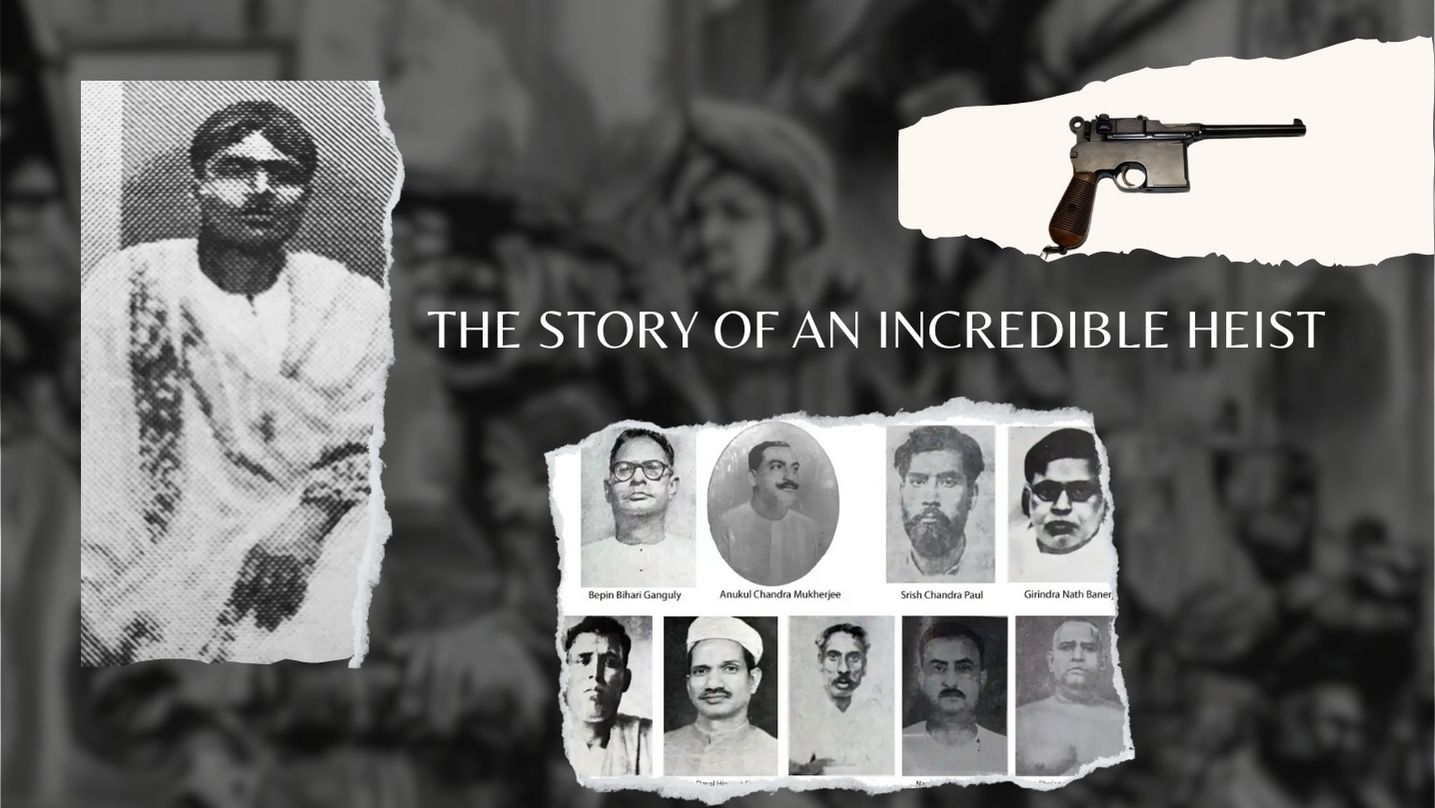
In recent years, the Spanish drama series: La Casa de Papel (Money Heist in English) has garnered huge fan following across the world including in India. Today, let me tell you the story of another heist – no less daring and audacious – but one that did not happen on your screens but in real life. It left the might of the British Empire shaken to the core. Let me tell you the incredible story of the Rodda Co. Arms Heist.
At the turn of the 20th century, nationalist and anti-colonial sentiments were growing in many parts of the subcontinent with Bengal a prominent hotspot. Lord Curzon’s planned partition of Bengal in 1905 added a huge fillip to this sentiment as armed nationalism movement took deep root in the province. Efforts picked up to induce an armed revolution to overthrow British rule.
These efforts suffered a brutal setback after the Manicktala bomb conspiracy came to light. Practically, the entire leadership was arrested. Most of them were sent to the dreaded Cellular Jail in Andamans while the main brains of the movement, Aurobindo Ghosh, renounced the life of violence and turned to asceticism. However, one man had escaped the notice of the British regime. Jatindranath Mukherjee alias Bagha Jatin now took over the reins and started the movement from scratch. Jatin kept things under wraps, away from the attention of the cops, spread the movement across the province and also established close contact with pockets of resistance in other parts of India – especially in northern and north-western India.
Jatindranath & the Bengal armed resistance movement established contacts with Rashbehari Bose’s north Indian group, the Ghadar Party in Punjab and USA and sympathetic elements in Imperial Germany and Tsarist Russia. When the German crown prince visited Calcutta in 1912, Jatindranath met the royal personage and secured from him an assurance of arms & ammunitions supplies for the proposed uprising.
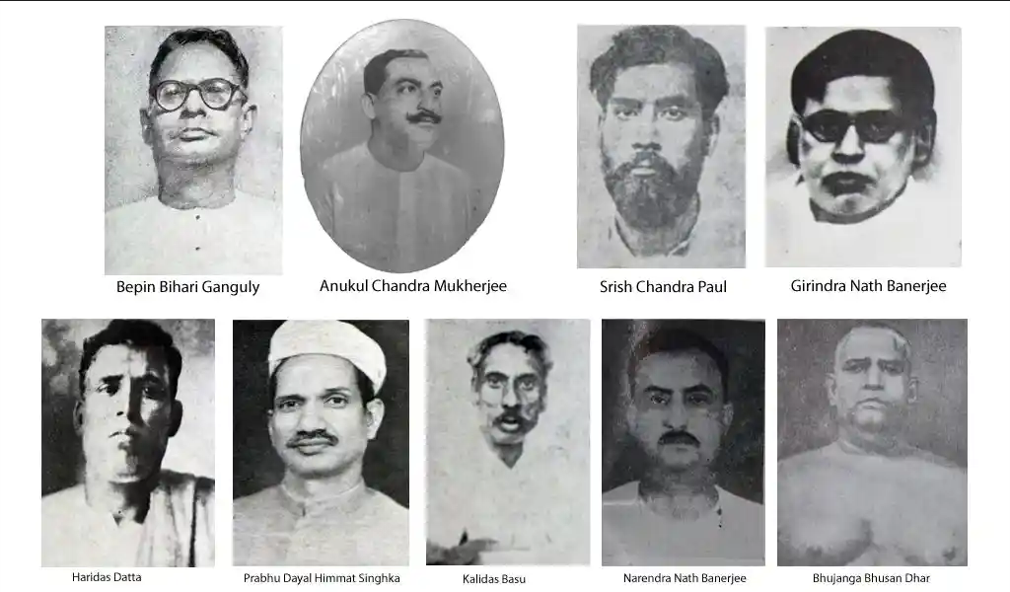
To mobilize this huge scheme, the revolutionaries needed cash. They resorted to robberies, mainly targeting transit of government cash. But successfully execution of these robberies necessitated weapons. Thus was born a daring plan. The Rodda Arms Co. with its offices on Vansittart Row at the heart of British Calcutta was a major player in the arms trade and a supplier to the Bengal government. The revolutionaries decided to loot consignment of arms & ammunitions from Rodda.
Unbeknownst to the authorities, one of the employees at Rodda’s office: Shirish Chandra Mitra alias Habu was secretly a member of the revolution movement. Through Mitra, news was relayed to the leadership that a large consignment of arms was scheduled to be received in August, 1914. Plans were made to loot this consignment. A meeting was convened in a secret hideout in Bowbazar area of central Calcutta on 24th August. The date for the heist was fixed for two days later.
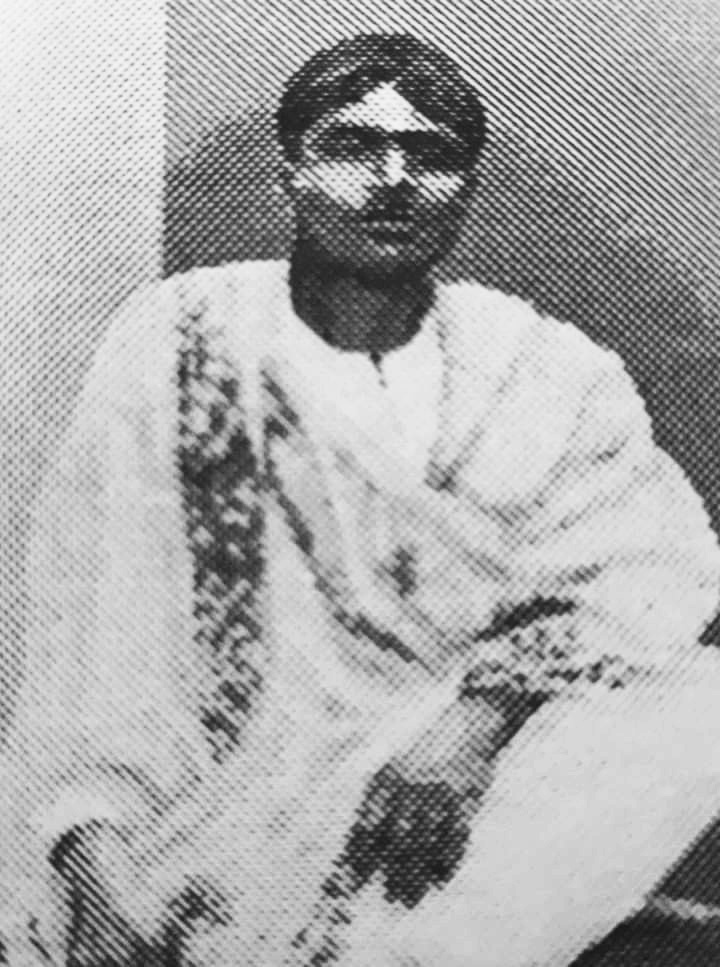 Mitra had secured the responsibility to receive the consignment and transport it to its intended destination: Rodda’s godown. At noon on 26th August, 1914, seven bullock carts arrived at the Customs House to receive the consignment. The last of these was driven by Haridas Dutta – one of Mitra’s comrades in the revolutionary movement. Of the total 202 boxes arrived, 192 were loaded in the first six carts. The remaining ten were loaded in the last cart driven by Dutta. The train of carts now set out, anchored by Mitra at the front. Two other revolutionaries, Srish Chandra Pal and Khagen Das, in disguise as Rodda employees, guns hidden on their personage, walked alongside, slowly settled next to the last cart.
Mitra had secured the responsibility to receive the consignment and transport it to its intended destination: Rodda’s godown. At noon on 26th August, 1914, seven bullock carts arrived at the Customs House to receive the consignment. The last of these was driven by Haridas Dutta – one of Mitra’s comrades in the revolutionary movement. Of the total 202 boxes arrived, 192 were loaded in the first six carts. The remaining ten were loaded in the last cart driven by Dutta. The train of carts now set out, anchored by Mitra at the front. Two other revolutionaries, Srish Chandra Pal and Khagen Das, in disguise as Rodda employees, guns hidden on their personage, walked alongside, slowly settled next to the last cart.
At an opportune moment, Dutta’s cart, escorted by Pal and Das, left the main train and turned into Malanga Lane and from there on towards Mission Row and Nirmal Chandra Street where the wooden boxes were unloaded in front of a deserted iron-yard. The looted booty amounted to 50 German-make Mauser pistols and 46,000 firing rounds. Mitra meanwhile, after delivering the first six carts, rushed off to locate the last one – theorizing that it probably got lost in the rain. In reality, he made his way to Sealdah to catch the Darjeeling Mail on which he left for north Bengal.
It was three days later, on 29th August that it was found that a part of the consignment was missing as was Mitra. It did not take too long to link the two together. By then, Mitra had vanished and the pistols and bullets had been distributed to various revolutionary groups across Bengal. The audacious robbery left the British administration red faced. The Statesman in its headlines of 30th August, 1914 called it "The greatest daylight robbery".
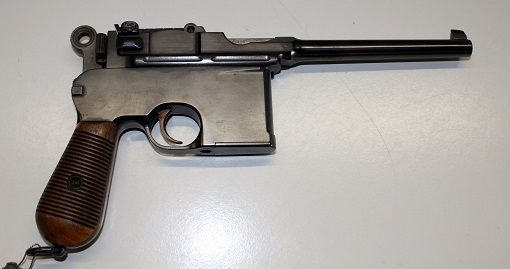
Dreaded police officer, deputy commissioner Sir Charles Teggart was put in charge of the case. Haridas Dutta was arrested in September and sentenced to four years in prison. Several others like Kalidas Basu, Narendranath Banerjee and Bhujanga Bhushan Dhar were sentenced to two years in prison. Shirish Pal and Khagen Das evaded arrest for three long years before the law finally caught up with them. But the key mastermind, Shirish “Habu” Mitra was never found. After descending at Rangpur from Darjeeling Mail, he simply vanished into thin air. It is believed that while trying to escape to China through India’s north-eastern border, Mitra was shot dead by Frontier Guards.
The Rodda arms heist had long standing implications for the Indian revolutionary movement. During the memorable last stand by Bagha Jatin & his comrades at the shores of Buribalam near Balasore, the weapons used by the revolutionaries were Mausers from the heist. The Rodda heist arms were also used in the Kakori train robbery of 1925 and the Chittagong Uprising of 1930.
Today, all that remains of this daring robbery are a series of busts at the intersection of Ganesh Chandra Avenue with Malanga Lane. The thousands who pass through everyday probably have little idea about the men represented: Bipin Bihari Ganguly, Anukul Chandra Mukherjee, Girindranath Banerjee – key brains behind the heist and the brave Haridas Dutta who drove the last cart. It was erected thanks to the efforts of the nephew of Anukul Chandra – Gopal Mukherjee better known as Gopal Pantha. It is till today taken care of by the Mukherjee family.
If you are from Calcutta (Kolkata at present) or are visiting the city, do try to visit this memorial and spend a few moments to say a note of thanks to these daring young men who pledged their lives for the cause of the motherland. Our history books may have forgotten them. But it will still be enough if their struggles and sacrifices are remembered by their countrymen.
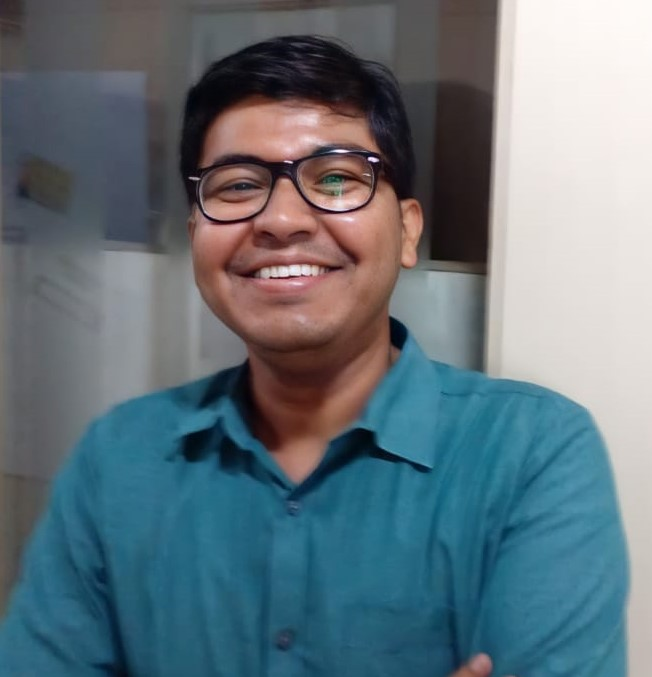 Based out of Kolkata, Trinanjan is a market researcher by profession with a keen interest in Indian history. Of particular interest to him is the history of Kolkata and the Bengal region. He loves to write about his passion on his blog and also on social media handles.
Based out of Kolkata, Trinanjan is a market researcher by profession with a keen interest in Indian history. Of particular interest to him is the history of Kolkata and the Bengal region. He loves to write about his passion on his blog and also on social media handles.
NEXT ARTICLE

At the southernmost tip of this mesmerising ensemble lies the majestic Great Nicobar Island, boasting an impressive landmass of about 910 square kilom...

Bharath has always been a land traversed by spiritual masters/ Guru since time immemorial. These spiritual masters have always upheld the core princip...

South India contains its fair share of unique pilgrimage centres. These divine places of worship have a prominent Sthala Purana, devoted followers, di...